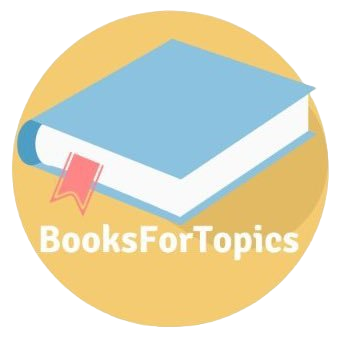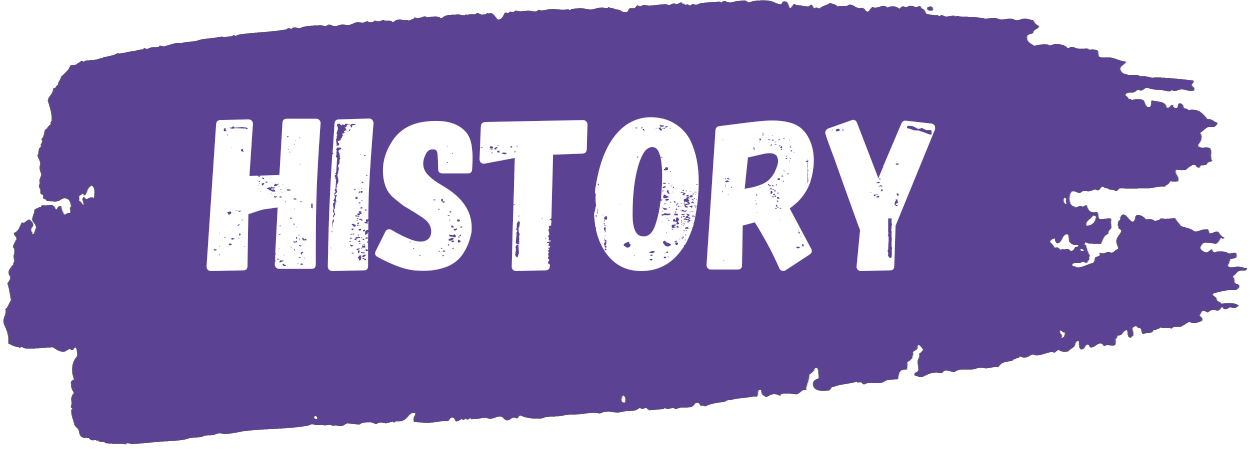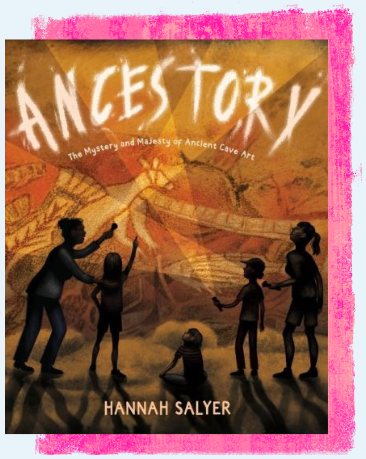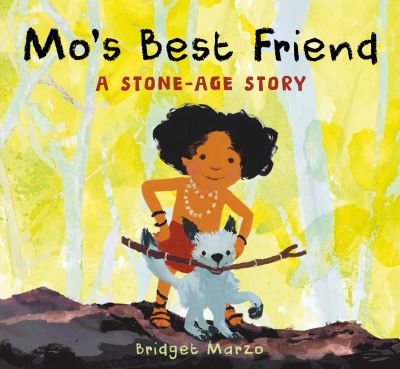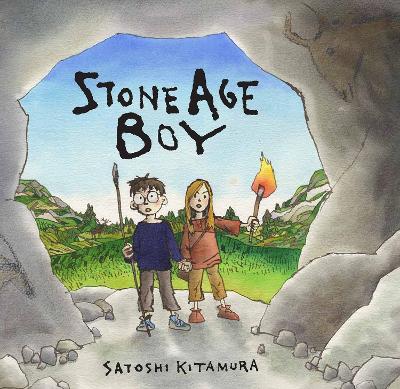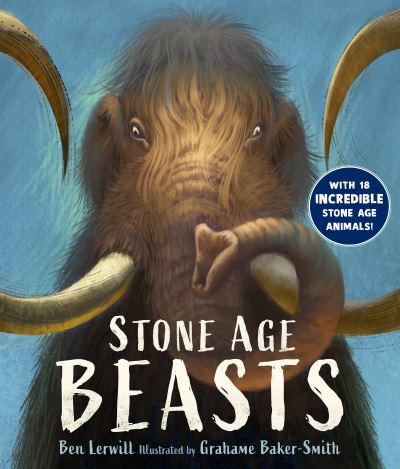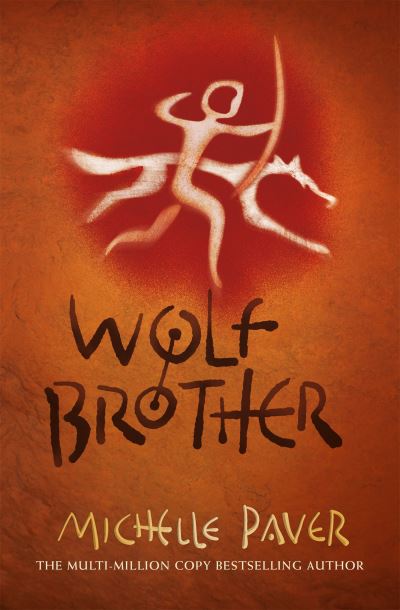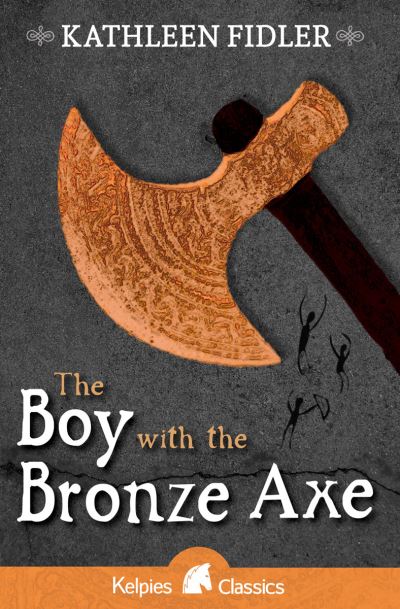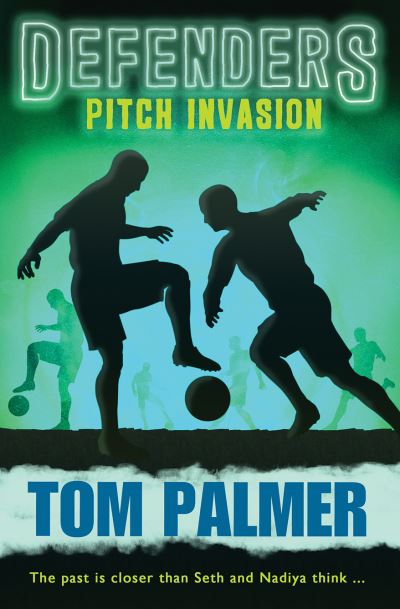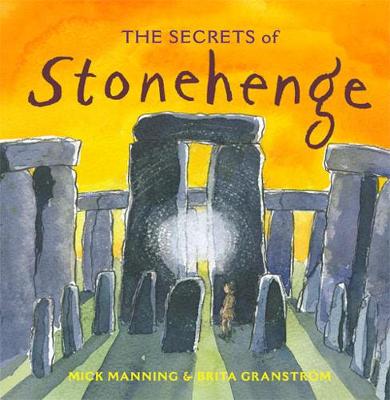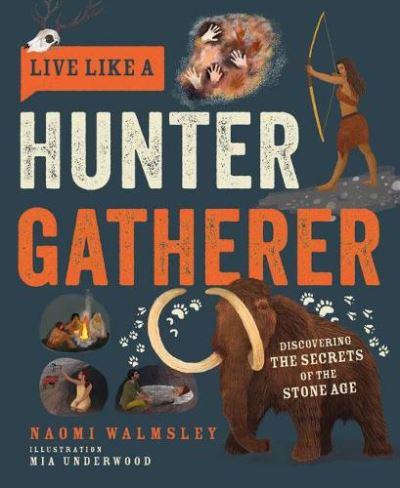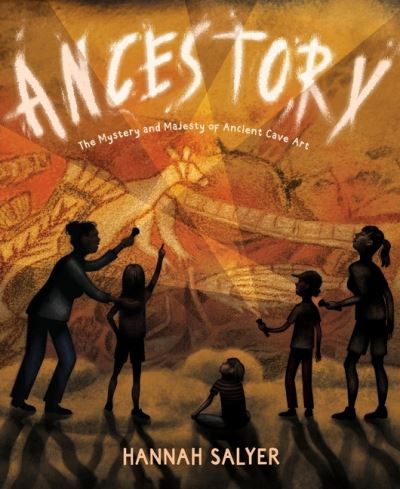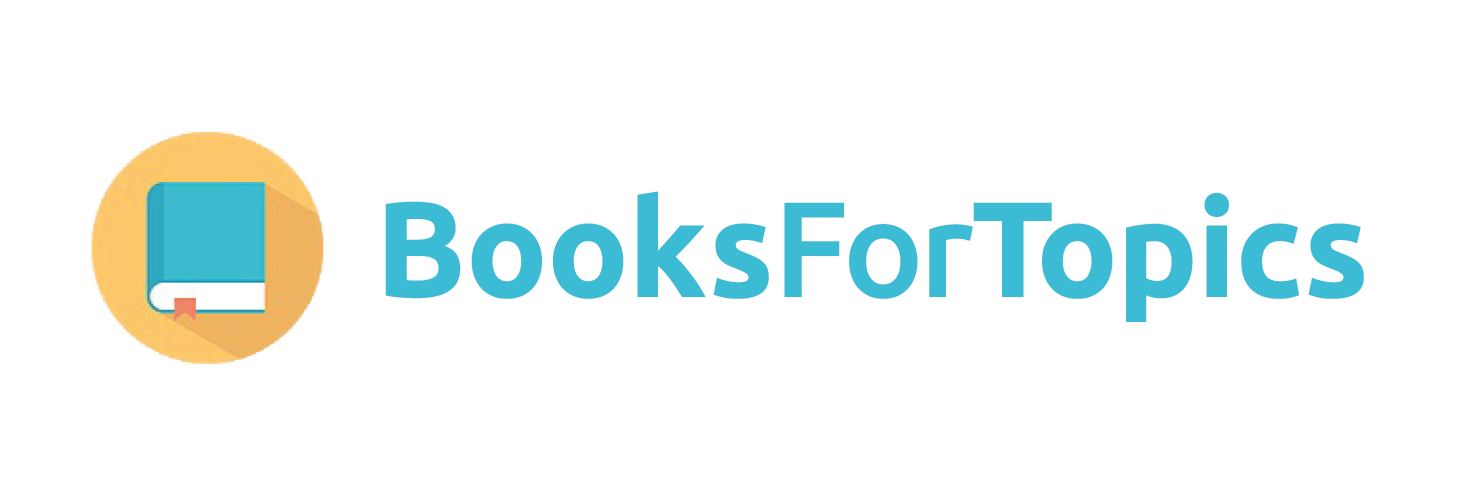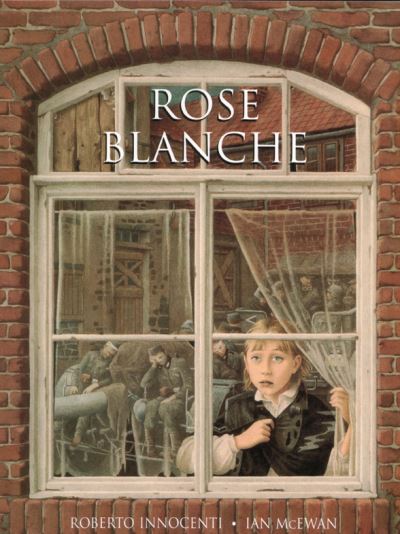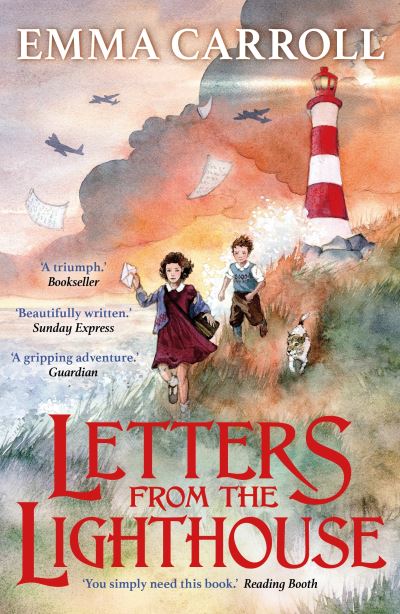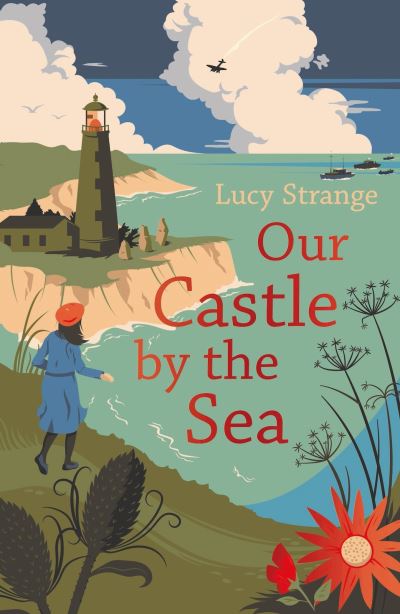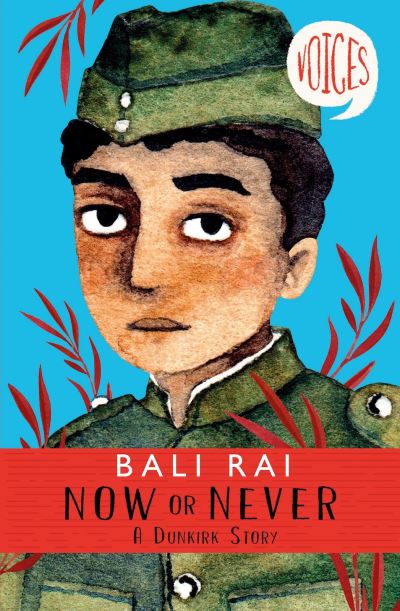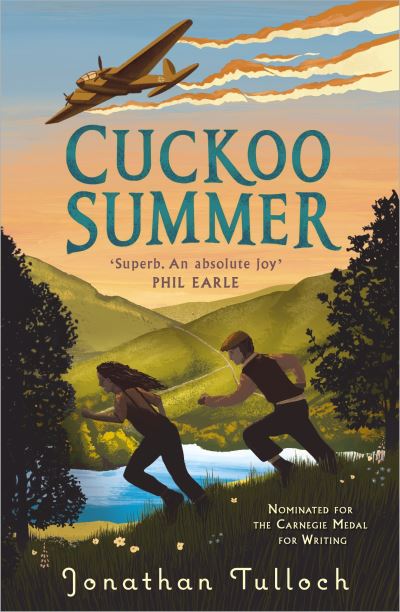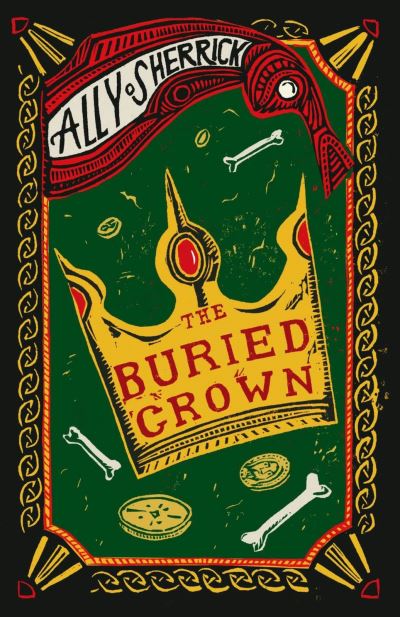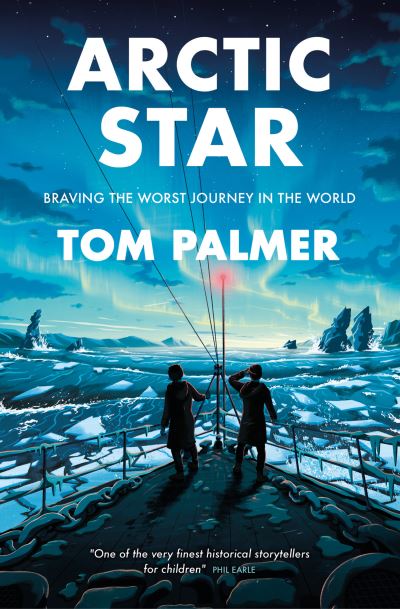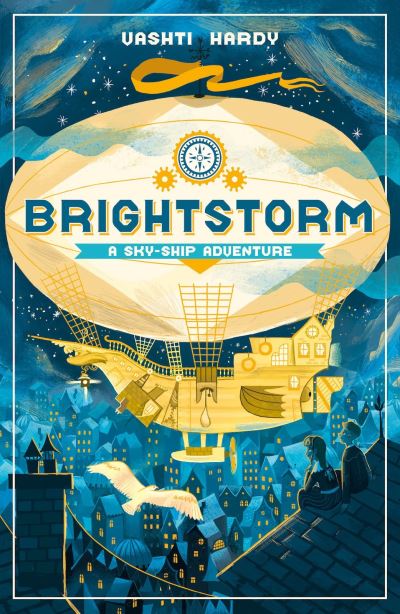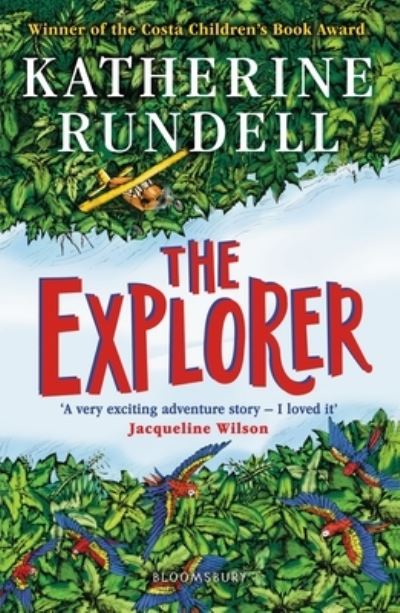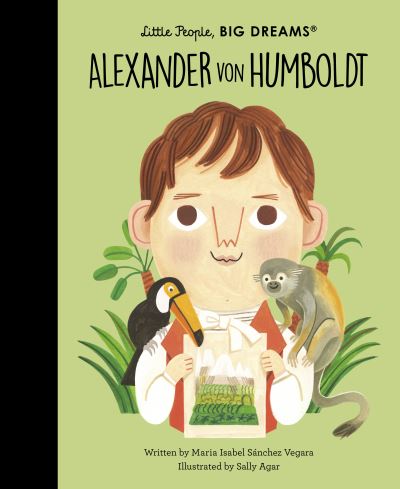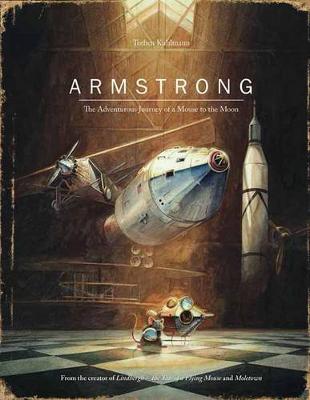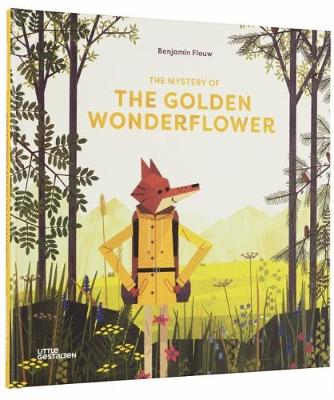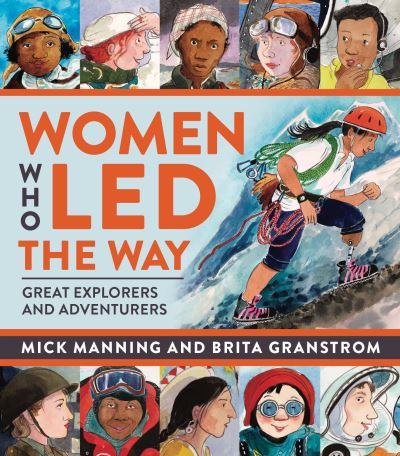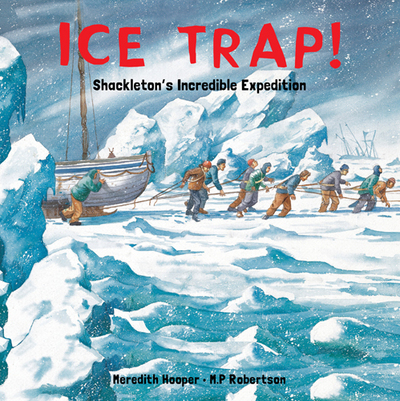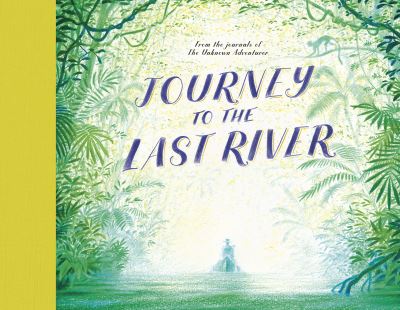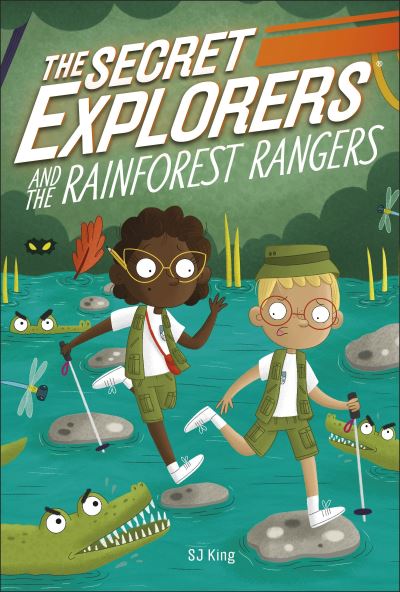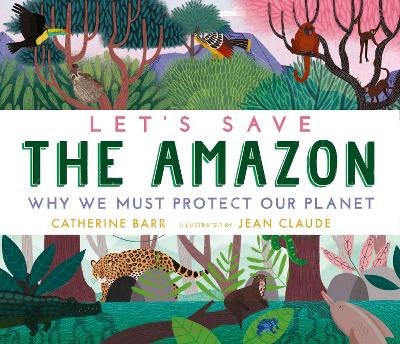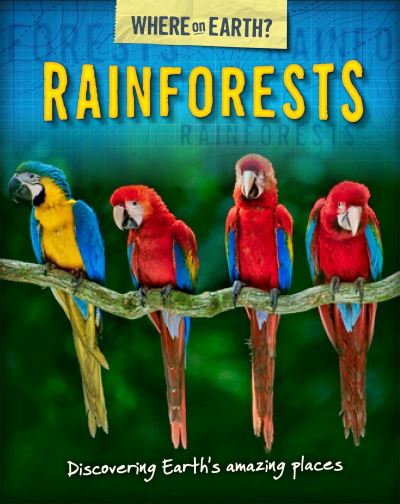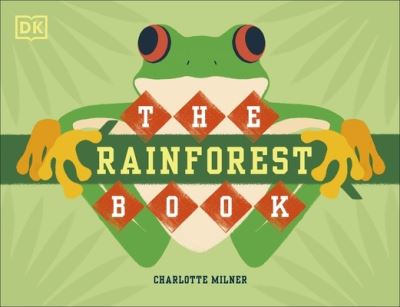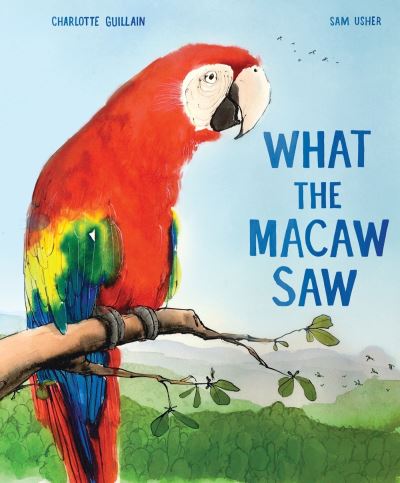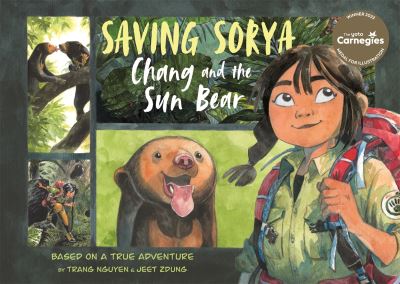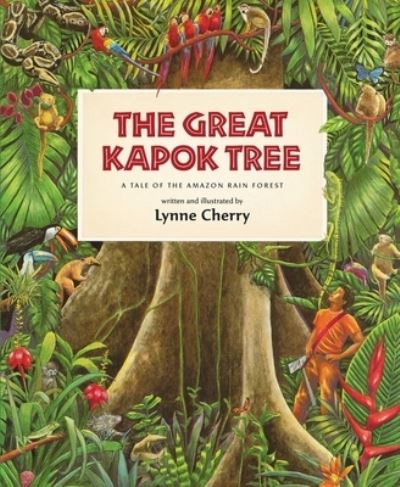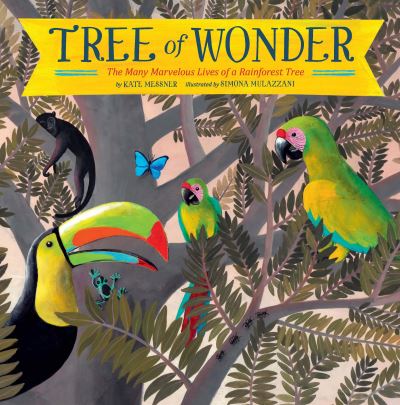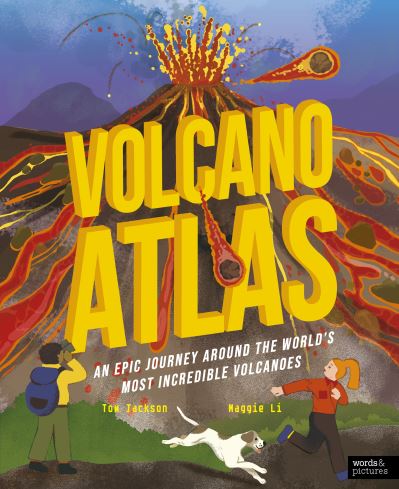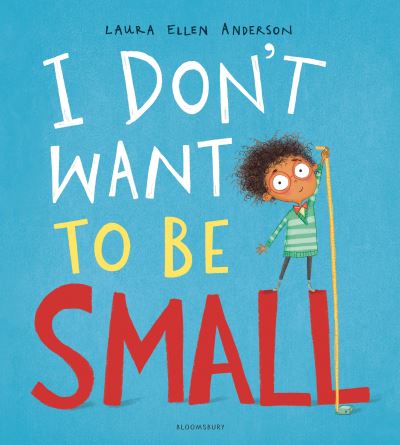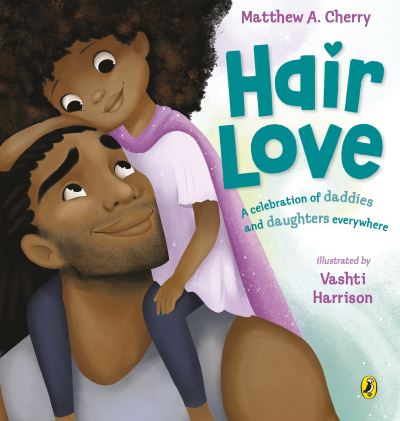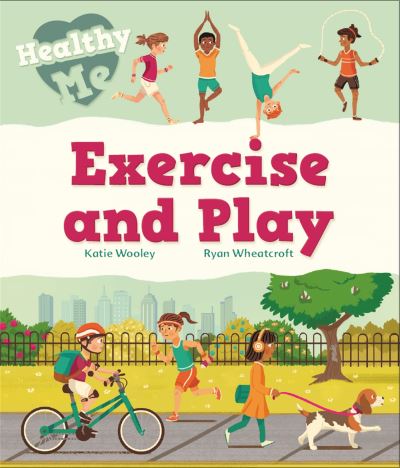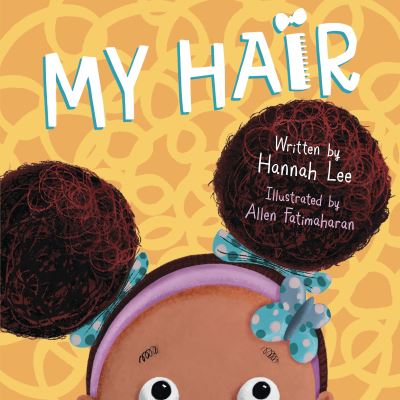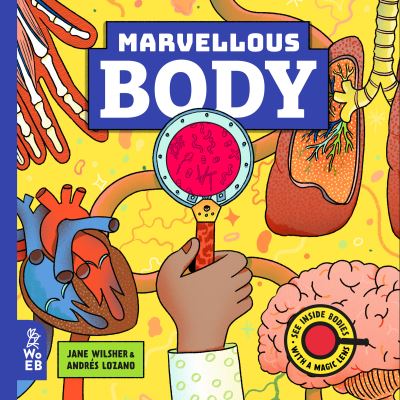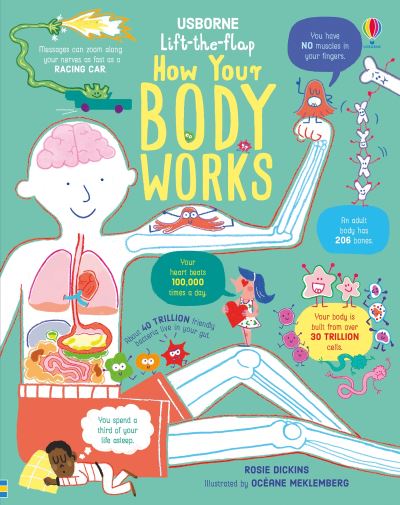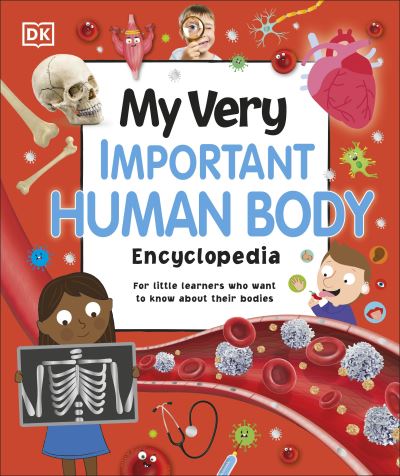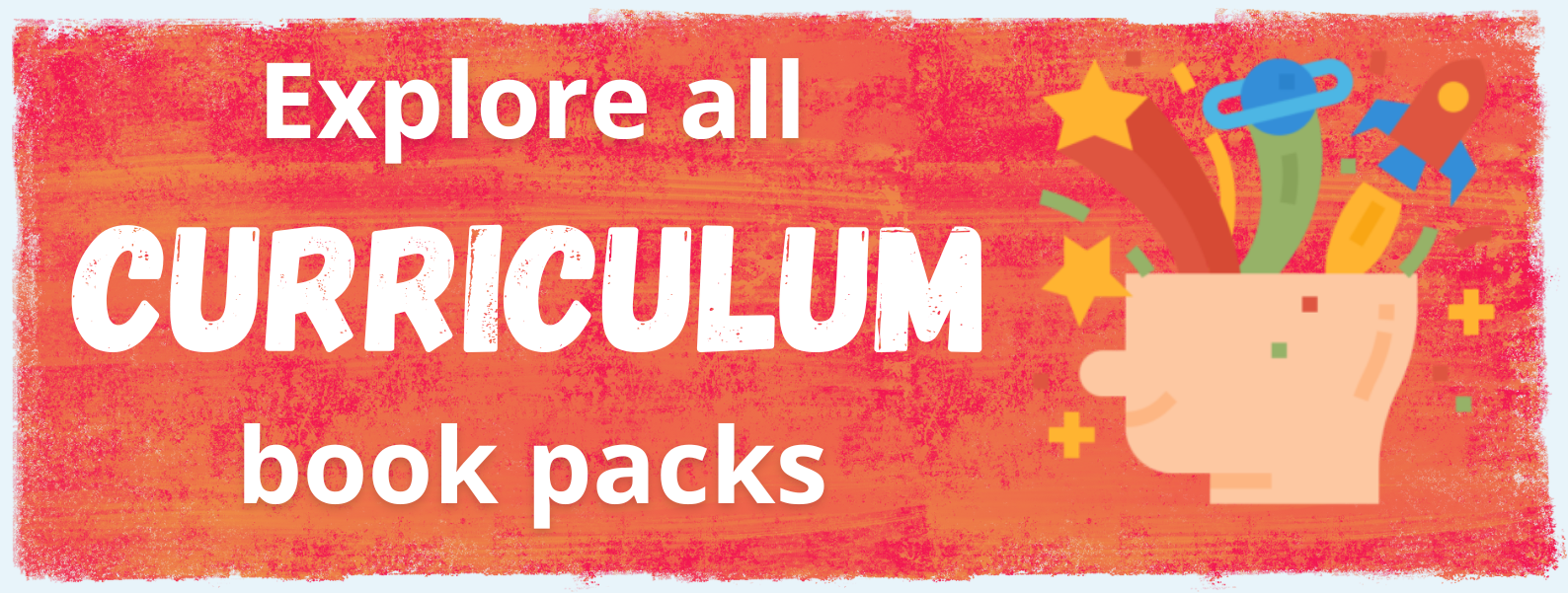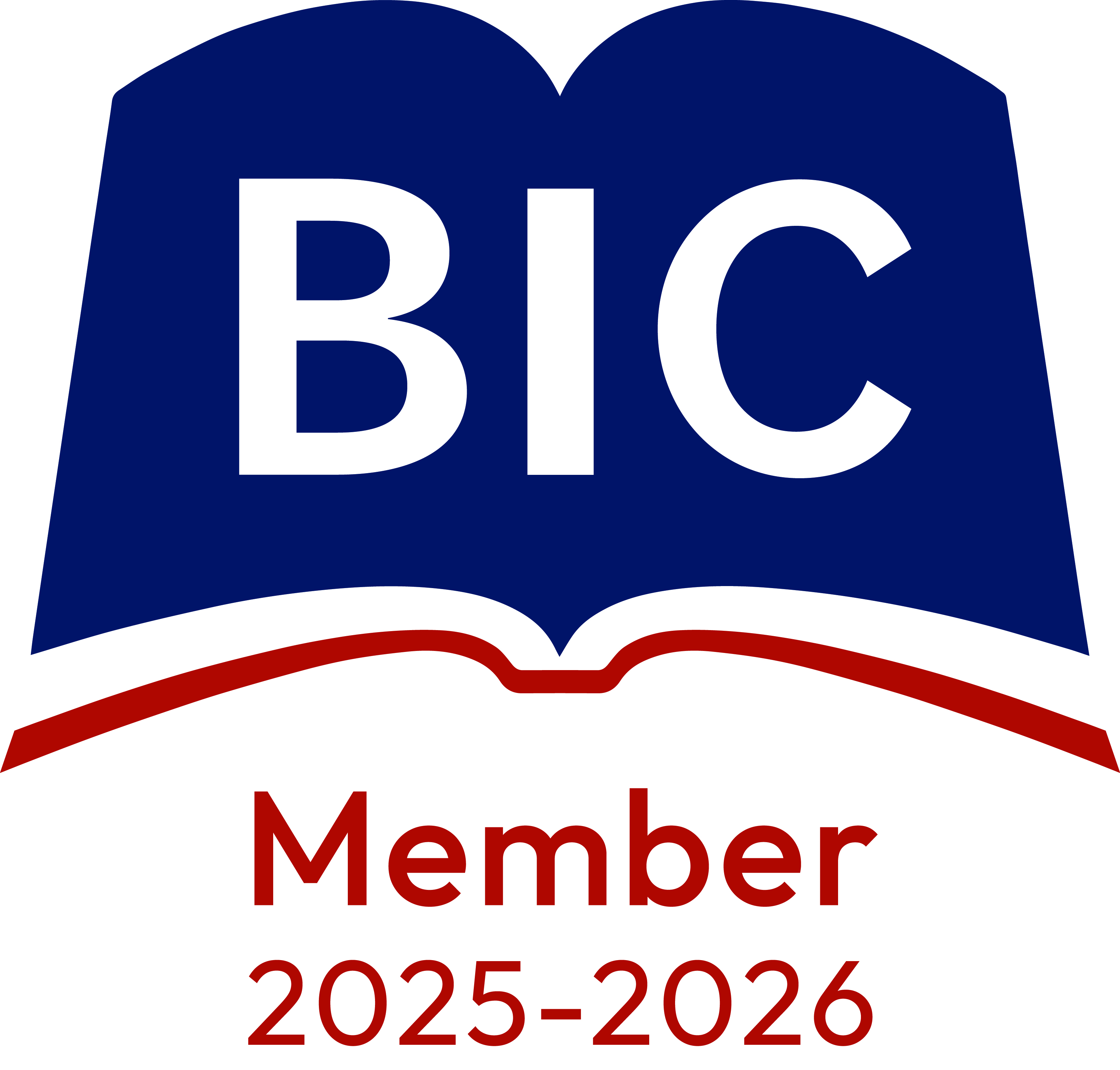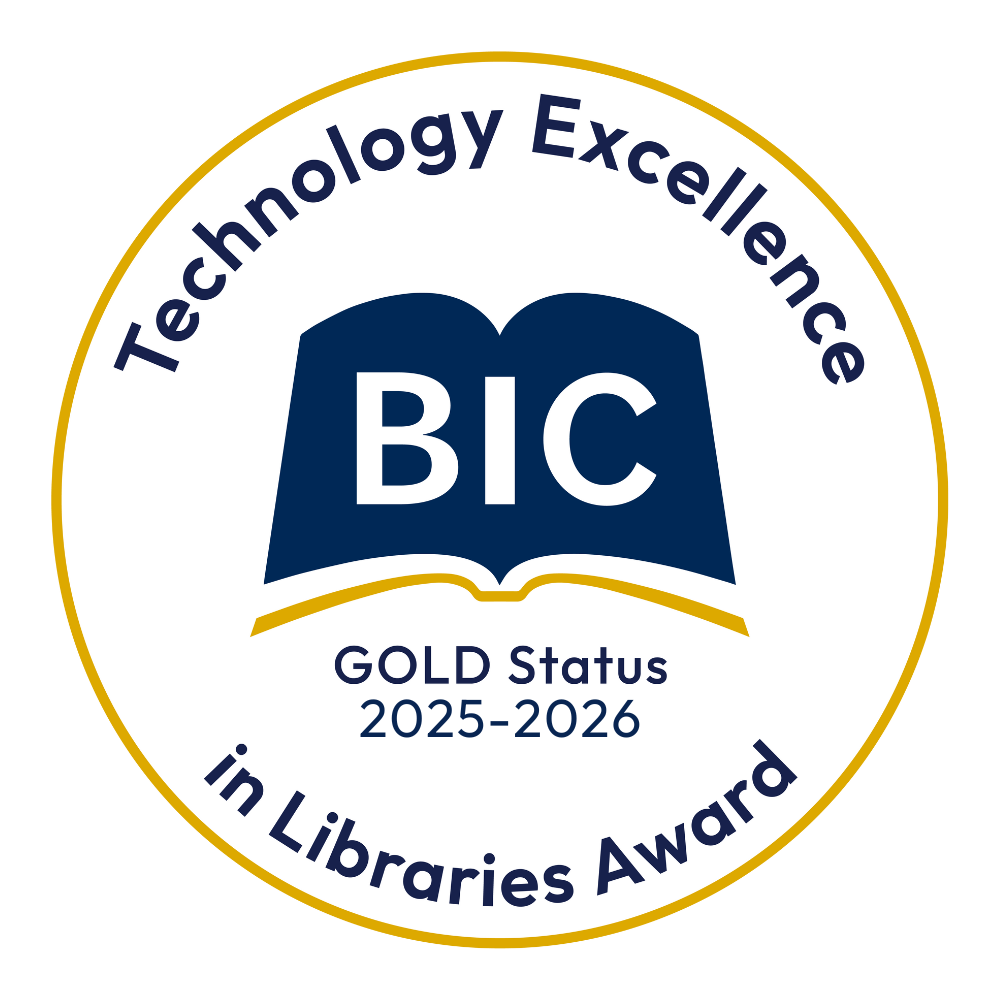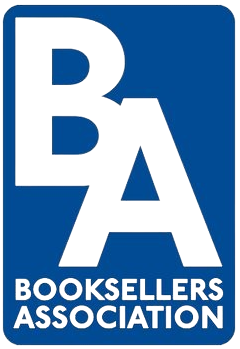Please note: We will continue to deliver your books and furniture until Thursday 18 December for schools, and Tuesday 23 December for public libraries. We will then close for the Christmas break, with deliveries resuming from Monday 5 January 2026. We wish all of our customers a very merry Christmas and a Happy New Year!
For help, advice and telephone ordering call our team on 0121 666 6646
Are you sure you wish to delete this basket?()
This action cannot be undone.
Sorry, something went wrong
Please report the problem here.
New from BooksForTopics: five books to boost your primary curriculum teaching
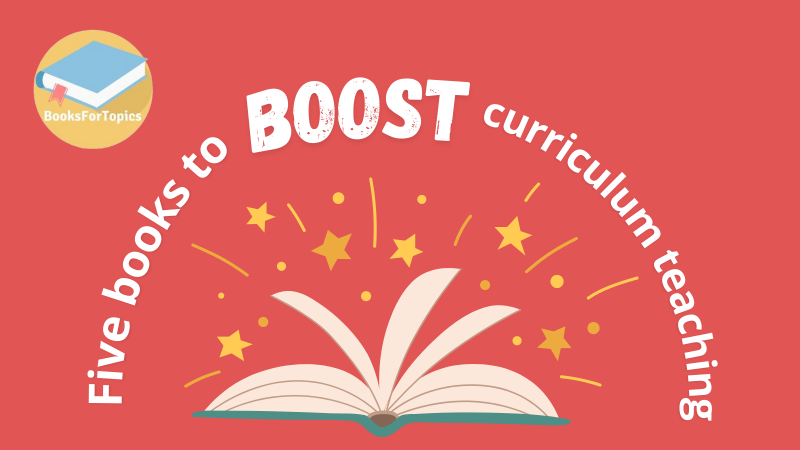
November 2nd 2023
We know how a high-quality book can unlock a whole new aspect of a topic! Whether it's a different perspective on a historical period, or an alternative, humorous take on bodily processes, a book that sheds new light on a subject can enrich primary curriculum learning for your pupils. BooksForTopics Curriculum book packs are a popular and reliable way of boosting topic teaching. So, we've let BooksForTopics take over our blog to reveal the latest high-quality additions to their Curriculum book lists, including titles for topics like the Rainforest and Second World War!
Unlock Prehistory in Ancestory
Ancestory is the latest addition to our Stone Age to Iron Age booklist. Our Review Panel was thoroughly impressed by this illustrated non-fiction book that brings to life the history of ancient civilisations and cultures through rock art.
Not only does the book demonstrate how ancient drawings (or ‘time capsules’ as they are referred to by the author Hannah Salyer) depict how life could have been many, many years ago, it also explores with the reader whether the drawings could have been used for other reasons – for example, to map the stars, tell ancient stories, share important information or show drawings of animals now long extinct.
There are many interesting facts to discover, including the materials that would have been used to create ancient drawings and the differing locations (for example within caves) these have been found in. In particular, the reference to drawings like these being prominent today in some cultures still or disappearing due to climate change or vandalism are pivotal and tell the ultimate message by the author: we must work together to protect these important pieces of early history and knowledge. To quote the author, “we have roughly only 3% of modern human history recorded in writing.”
This book also offers some additional extras that are both informative and enjoyable: a map of rock art sites located around the world; a glossary of key vocabulary to support the reader’s understanding; a timeline; resources for further investigation as well as shares the story of the Lascaux caves in southern France. These pages, amongst others in the book, could be used to inspire some fantastic writing and discussion. Furthermore, the book could be used within art for pupils to replicate their own rock art drawings.
This book is a must when launching into the theme of prehistory, with links to the Stone Age and Iron Age topic and Ancient Civilisations- or used as the beginning of an experiment linking to rocks in science.
Operation Banana: A new angle on World War 2
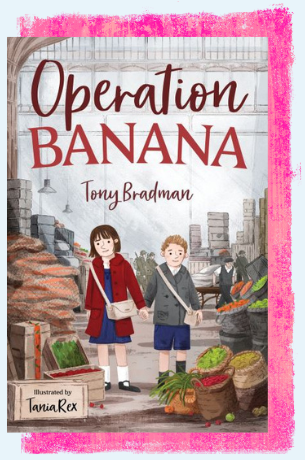 With such a huge selection of children’s books about World War 2 available, teachers are spoiled for choice and left asking if they should really make room on their bookshelf for yet more. Sometimes a book breaks through that that helps readers see the bigger picture of the war from a new lens, and Operation Banana is one of those books.
With such a huge selection of children’s books about World War 2 available, teachers are spoiled for choice and left asking if they should really make room on their bookshelf for yet more. Sometimes a book breaks through that that helps readers see the bigger picture of the war from a new lens, and Operation Banana is one of those books.
The focus of the story is a young girl’s concern and care for her mum at a time of great stress and strain on family life, where dad is away fighting on the front line in North Africa and mum has taken on a new job, working long hours in the factory. Due to rationing, everything is in short supply in London, but Susan decides she’s going to cheer her mum up by getting her a treat, and what could be rarer than a sweet, delicious banana? But what lengths will Susan have to go to find one? Let Operation Banana commence!
Many of the great books for primary-aged children set in this era may be too challenging for some readers. This short and dyslexia-friendly book enables children across Key Stage 2 to catch a glimpse of life during the war and learn about some of the important features of life: rationing; schools; the changing roles of adults; evacuation and the black market (through the unique storyline of a girl trying to get hold of a banana in times when all food was in short supply). There are also many parallels that the modern reader could draw with their own experiences.
Vocabulary that may be unfamiliar to children is explained as part of the storyline, for example explaining who the ‘yanks’ were. In addition, there are a few notes at the end of the book that provide a simple overview of the period in history and a clear explanation of money before decimalisation.
As well as the book gaining a heard-earned place on our World War 2 booklist, author Tony Bradman also visited our blog recently to talk about why there should always be a gap on the shelf for books that offer a new angle on key curriculum topics like the Second World War.
Exploration awaits in The Atlas of Great Journeys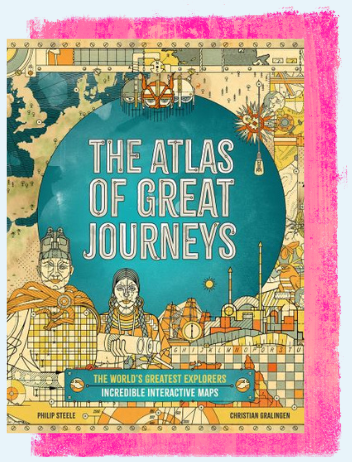
Research for our new Explorers and Exploration topic booklist enabled this absolute treasure of a non-fiction book to surface. Our Review Panel concluded that The Atlas of Great Journeys is a unique book, highly recommended for those who enjoy learning about exploring the world. It is a large, hardback book with a beautifully illustrated cover and comes with an optional free app to download, which enhances the content by revealing the many explorers’ journeys in 3D. This is a very exciting element for the children and adults to use as it shows the journeys interactively.
The selected journeys from history covered stop at important points for their chosen explorer, with interesting text popping up for the reader. There are many explorers included, both well-known and less well-known from all around the world and across history. Each page is a double spread of beautifully illustrated maps with various explorers and information about their adventures. Timelines are included to support historical understanding and the glossary includes ambitious vocabulary that will enhance curriculum discussion and writing in the classroom.
This book was a gem of a surprise and we particularly enjoyed sharing the 3D element, which will delight those discovering it for the first time. The interactive aspect is optional, and the book works wonderfully well without it too, but if you really want to see a guided reading or curriculum research lesson come to life, add a set of iPads into the mix and the extra-textual elements will take pupil engagement to the next level.
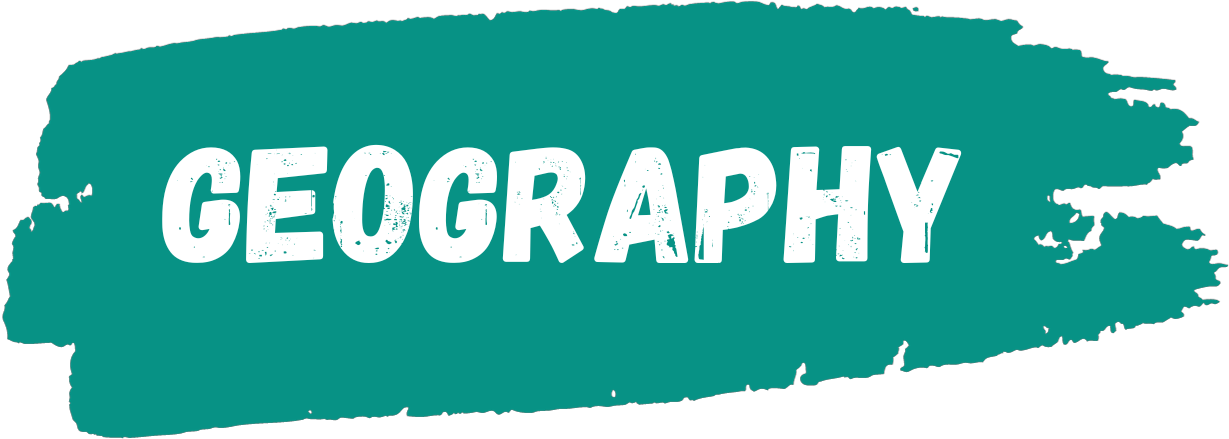
Inspiring ecoactivism: Rainforest Warrior
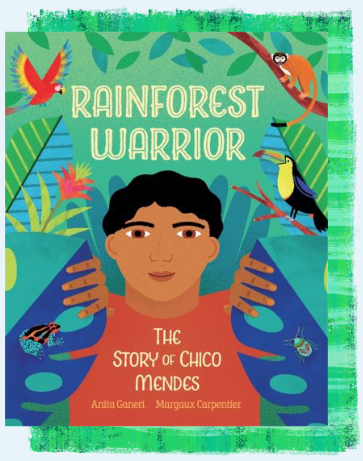 The Story of Chico Mendes is a story that is perfect for children in KS2 learning about rainforests or about inspirational figures who have changed the world for the better. Chico Mendes is a hero worthy of wider recognition. Chico was a rubber tapper who stood up for his community and the importance of preserving the Amazon rainforest. Being an environmental activist, Chico worked tirelessly to help others and was recognised for his efforts by being awarded for his work towards protecting the rainforests by multiple countries. Tragically, Chico was murdered whilst working for this cause due to his efforts to support the rubber tappers, waking up the world to the plight of the rainforest destruction and protesting about the clearing of the forest.
The Story of Chico Mendes is a story that is perfect for children in KS2 learning about rainforests or about inspirational figures who have changed the world for the better. Chico Mendes is a hero worthy of wider recognition. Chico was a rubber tapper who stood up for his community and the importance of preserving the Amazon rainforest. Being an environmental activist, Chico worked tirelessly to help others and was recognised for his efforts by being awarded for his work towards protecting the rainforests by multiple countries. Tragically, Chico was murdered whilst working for this cause due to his efforts to support the rubber tappers, waking up the world to the plight of the rainforest destruction and protesting about the clearing of the forest.
Each page features beautiful, coloured illustrations to support the text in each section. It is a recommendable book for use in sharing why it is important to protect the rainforests and about highlighting the difference one person can make. There are plenty of interesting Amazon rainforest facts and a supporting glossary with technical language.
This is a special book to be shared with a class and an excellent addition to rainforest topic texts or classroom libraries. Our Review Panel rated this as a Recommended Read for Year 3 as well as a top Rainforest topic text and book for the Environmental Sustainability topic.
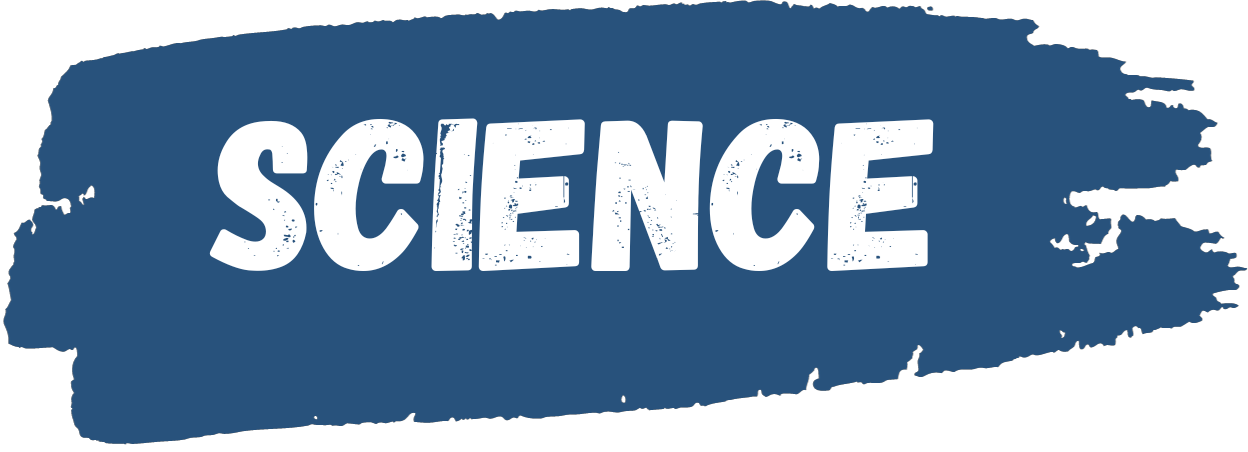
Digest science facts through Amy Gets Eaten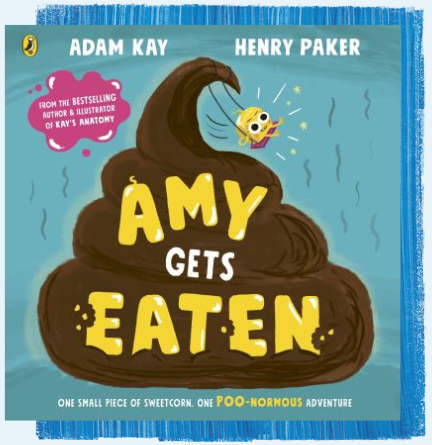
Adam Kay’s Amy Gets Eaten is a gruesome yet hilarious book that explains what happens in our bodies when we eat food. Despite getting eaten, Amy (a positive and chirpy piece of sweetcorn) explains in child-friendly language the journey she takes from the mouth, through the stomach and out again into the toilet. Although told in the style of a narrative, this is really a non-fiction book that teaches children the science behind some of our human anatomy.
Throughout the story, while travelling through the small intestine, a wise old raisin teaches the reader how different food types help to make your body strong, active and healthy. The children get opportunities to interact with the book and recap, through cartoons, where the sweetcorn has travelled. Readers are also invited to give opinions on the strange food combinations the character of Noah has chosen to eat.
Children love a bird’s-eye-view (or in this case – a sweetcorn’s-eye-view) to help understand scientific processes, and this book has the right balance of humour and biological explanations to make it an excellent addition to our Human Bodies topic booklist.
Boost your curriculum teaching with these highlighted packs:
|
|
|
|
|
|
|
|
|
|
|
|
|
|
|
|
|
|
📚 READ NEXT: HOW TO IMPLEMENT THE READING FRAMEWORK AT YOUR SCHOOL

